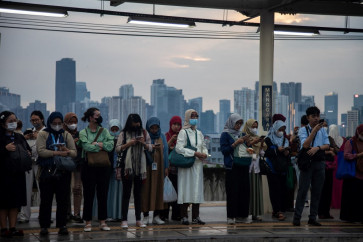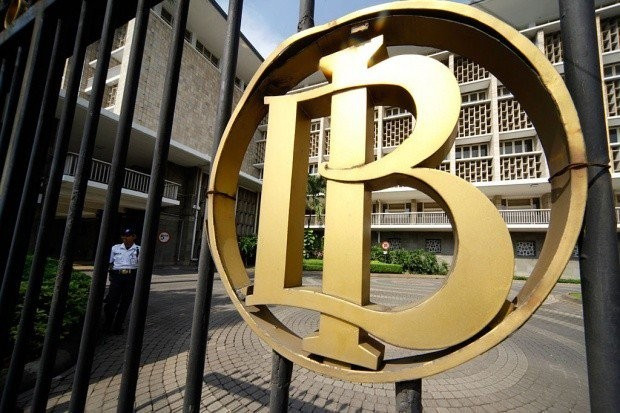Popular Reads
Top Results
Can't find what you're looking for?
View all search resultsPopular Reads
Top Results
Can't find what you're looking for?
View all search resultsCan ASEAN become world-class destination for study?
Experts say Southeast Asia is poised to become the next center of excellence and innovation
Change text size
Gift Premium Articles
to Anyone
Experts say Southeast Asia is poised to become the next center of excellence and innovation.
However, for most universities in the region — particularly those outside Singapore and Malaysia — many still have a hard time attracting students, and a lack of English proficiency continues to be seen as one of the main culprits.
According to global proficiency rankings for non-native English-speaking countries, Singapore, the Philippines and Malaysia ranked best in Southeast Asia.
Most ASEAN universities are rarely regarded as a study option for new students due to an issue in “language compatibility”, said Denny Abdi, the Indonesian Foreign Ministry’s director for Southeast Asian affairs.
“Many students choose to go to Western countries for their studies, because it is easier for them to understand [and communicate]. ASEAN countries — with the exception of Singapore and Malaysia — still use their respective national languages [for instruction],” he said in a recent interview.
Research shows there is a direct correlation between the English skills of a population and the economic performance of the country in question. Previous English Proficiency Index (EPI) reports found that in almost every one of the countries and territories surveyed, a rise in English proficiency was connected with a rise in per-capita income.
Singapore, which has consistently scored in the top 10 of the EPI, has had a trade to gross domestic product ratio of over 300 percent since 1960, the latest report reads.
The English proficiency results more or less mirror the level of competitiveness among universities in the region, although other factors also play a part. Singaporean institutions dominate the education landscape, followed by several Malaysian universities.
Quacquarelli Symonds (QS), a global university ratings institution, recently released its report, the QS World University Rankings 2020, which saw three ASEAN universities place in the top 100.
Singapore’s Nanyang Technological University and National University of Singapore tied for 11th place, while the University of Malaya in Malaysia ranked 70th on the list overall.
The 2020 QS ranking also included in the top 1,000 eight Indonesian state universities, including the University of Indonesia (UI) and Gadjah Mada University (UGM).
The report takes into account a university’s ability to attract students from across the world by measuring its international faculty ratio and international student ratio in determining the rankings, although there are other indicators playing a bigger role in the decisions.
Education officials and experts acknowledge that new students often refer to the global rankings to help them decide on a destination of study.
However, Denny insisted that most universities in ASEAN remained competitive considering that many of their graduates go on to make achievements at the international level. He did not specify which universities but said that many institutions in the region had also started offering learning programs in English to attract international students.
The low scores among ASEAN’s lesser-known universities serve as a backdrop for growing competition and floundering admission numbers.
“[English proficiency] has improved but it is still an obstacle — especially for faculty and university employees,” said I Made Andi Arsana, head of UGM’s office for international affairs.
As one of Indonesia’s representatives at the ASEAN University Network (AUN) — a consortium of more than 30 universities in Southeast Asia — Andi said ASEAN universities were on par with other institutions on expertise areas such as agriculture and fisheries, due to the location’s suitability for case or field studies.
“ASEAN universities can make it to the top study destination list as it has the willingness and capability to unite,” he said. (tjs)










